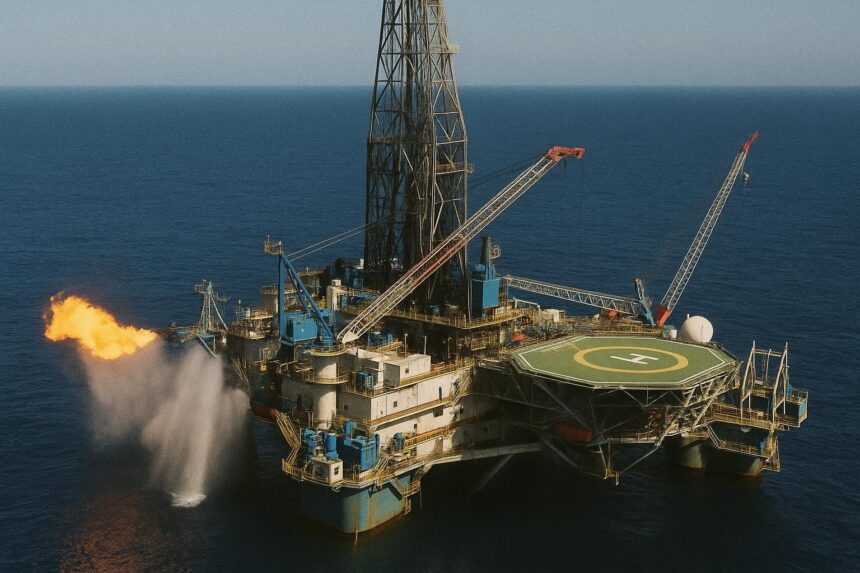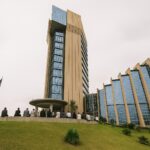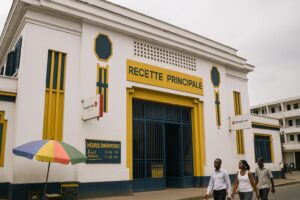Pointe-Noire Negotiations and Methodology
Behind closed doors at the Atlantic port city of Pointe-Noire, technocrats from the Ministry of Hydrocarbons, executives of major operators and a handful of financial observers converged between 10 and 12 July to calibrate the Republic of Congo’s second-quarter reference price. The resulting 66.401-dollar benchmark, endorsed by Minister Bruno Jean Richard Itoua, emerged from a composite formula that weighs export cargo declarations, dated Brent averages, freight adjustments and sulphur differentials. Participants highlight that the deliberations followed a rule-based approach, mirroring methodologies adopted by other Gulf of Guinea producers, yet retaining latitude for local market idiosyncrasies.
Comparative Pricing Against Dated Brent
Djeno Mix, the flagship Congolese crude, settled at a weighted 67.367 dollars per barrel, placing it 0.814 dollars below dated Brent for the quarter. Nkossa Blend followed at 66.408 dollars, a modest 0.518-dollar discount. Yombo’s heavier slate registered 65.427 dollars, 0.670 dollars under the benchmark. The modest spreads underscore a relative resilience of Congolese grades in a market still digesting OPEC+ supply management and North Sea maintenance schedules (OPEC Monthly Oil Market Report, June 2025). Industry analysts in Geneva note that the premium viscosity and low-sulphur profile of Djeno remained attractive to Mediterranean refiners, cushioning the differential even as Atlantic Basin spot cargoes faced sporadic arbitrage closures.
Domestic Revenue Expectations and Fiscal Outlook
At 66.401 dollars, the quarterly anchor price sits comfortably above the 58-dollar assumption inscribed in the 2025 finance law, extending a fiscal buffer for Brazzaville. The Ministry of Finance projects that every additional dollar on the barrel could yield approximately 18 million dollars in incremental budgetary space, depending on liftings and state equity entitlements (Ministry of Finance Budget Framework 2025). While the Central Bank cautions against exchange-rate complacency, officials view the current trajectory as supportive of ongoing public-sector wage commitments and strategic infrastructure upgrades, notably the rehabilitation of the Pointe-Noire–Ouesso corridor.
Regional Dynamics and Market Signals
The Republic of Congo’s pricing exercise unfolded against a backdrop of shifting regional fundamentals. Nigeria’s Port Harcourt refinery test runs, Angola’s gradual output decline and Cameroon’s downstream disruptions collectively tightened West African sweet crude availability, granting Congo a favourable bargaining environment. Concurrently, Asian refiners, anticipating seasonal maintenance, have shown renewed appetite for medium-sweet cargoes, evidenced by recent tenders placed by state-owned PetroVietnam (S&P Global Platts, July 2025). These cross-currents bolster Brazzaville’s confidence that the modest discounts negotiated in July will not erode competitiveness, even if Brent were to retreat towards the low-60s.
Looking Ahead to October’s Calibration
Stakeholders already cast their eyes toward the 8-12 October session, where third-quarter averages will capture the effect of summer demand peaks, hurricane-season logistical risks in the Gulf of Mexico and the pace of monetary easing in major consuming economies. Government advisers privately indicate that maintaining a differential near parity with Brent would be considered a strategic victory, enabling stable revenue forecasting without resorting to ad-hoc fiscal measures. For international partners, the transparent scheduling of these meetings and the data-driven posture adopted by Minister Itoua serve as reassuring signals that Brazzaville intends to anchor its hydrocarbon governance in predictability, a trait increasingly prized by sovereign wealth funds and credit-rating agencies.

















